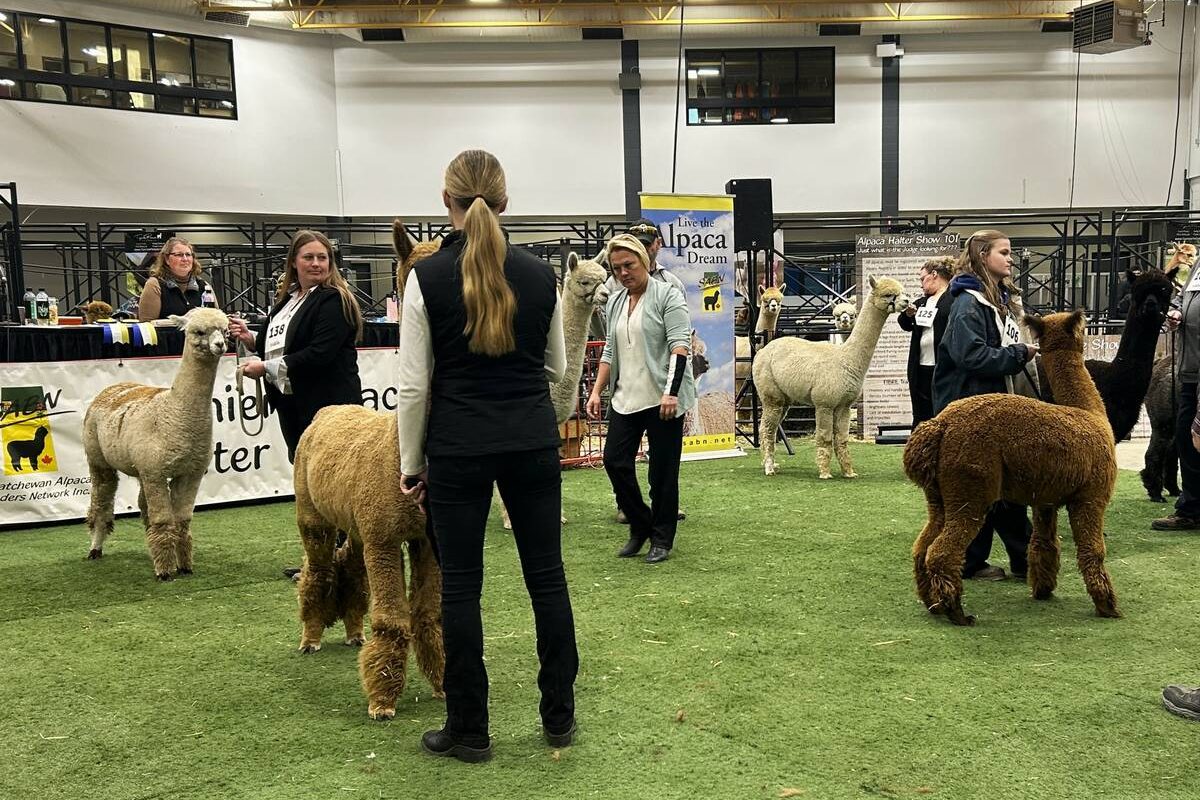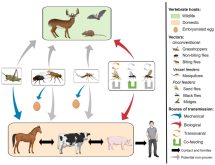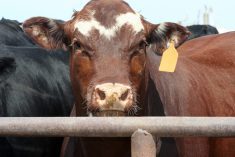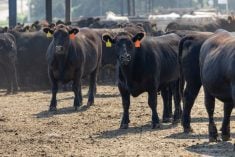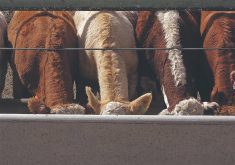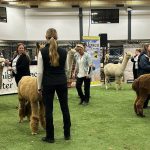Glacier FarmMedia — Canadian livestock producers pride themselves on genetics, and this extends to alpacas.
The fleece and conformation of Canadian alpacas impressed an American judge at the Canadian Western Agribition Alpaca Halter Show and Fleece competitions.
Beverly Brehm has been a certified judge since 2019 and was particularly appreciative of the care that Canadians show for conformation, such as legs, ears, mouth, and bite, noting she didn’t see a single incorrect bite.
Read Also
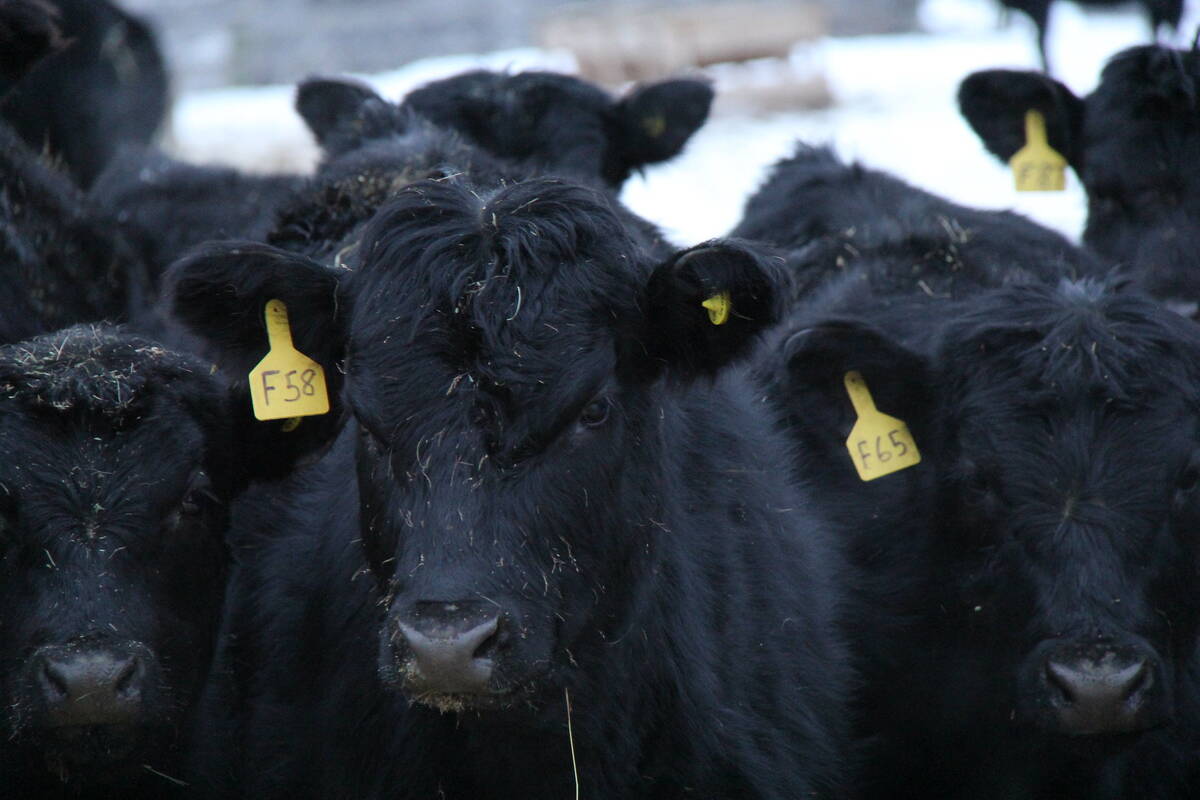
U.S. livestock: Futures rally ahead of U.S. Thanksgiving
Chicago cattle and hog futures rallied on Wednesday ahead of the American Thanksgiving holiday. Most-active February live cattle contracts closed…
Read: More Canadian Western Agribition coverage.
“It means that they’re placing a lot of value on the things that are very important,” Brehm said.
“Like the eating aspect, being able to graze correctly, get the food in the alpaca’s mouth so that it can grow, and that’s where that correct bite is really, really important.”
Cathy Merkley, an alpaca owner and judge for more than 20 years, chalks this up to the seriousness of alpaca breeders, who she said are keen to continue educating themselves.
“We know good conformation, and so we fixed that early on in our breeding programs,” she said.
“Everybody breeds for correct conformation. If he doesn’t have correct confirmation, he’s out. Like, it’s just simple. So we have that fixed in our herd, really.”
While judging the fleece competition, Brehm engaged in a discussion about breeding capabilities with some of the volunteers. One area that particularly fascinated her is Canadians’ ability to rapidly improve fleece length and continue to produce a very long stapling length.
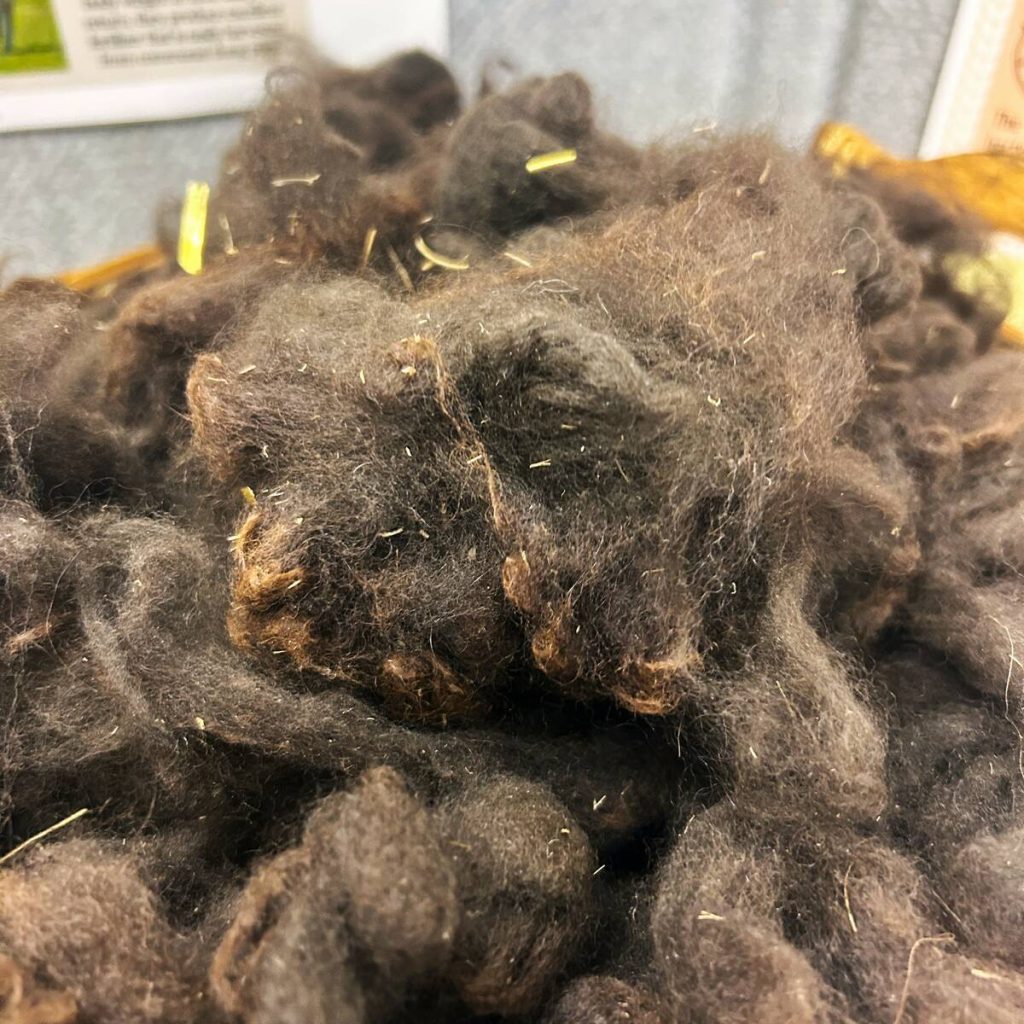
“In the ‘A’ fleeces that I was looking at, which is the juvenile fleeces, their first fleece after birth, they have a massive stapling, which is not something that we normally see in that age group in the U.S.,” she said.
“And so some of the conversations that we were having was, is it something that they’re trait selecting for or are they doing it out of necessity? Because it is quite a bit colder here, and in order for that animal to survive in the winter months, it needs to have enough fibre for it to stay warm and survive outside.”
Environmental influences may be the most unique difference between Canadian and American alpaca trait selection.
Another difference has been the judging system. Canada weighs fleece as 60 per cent and conformation for 40 per cent, while the United States weighs it 50-50.
Fleece is judged on traits important for processing, such as uniformity of microns (the fineness across the fleece), crimp definition and uniformity and uniformity of colour and length. Points can be lost due to management issues such as improper skirting, weathered fleece and vegetation or dirt.
The 60-40 weighting approach affected placing decisions because when deciding on first place and weighing two animals, the choice comes down to fleece traits.
”I think it probably happened in about three or four of the classes where I really had to make sure that I was focusing on the fleece trait specifically,” Brehm said.
“Versus, ‘yeah, this guy looks great in conformation, but he just doesn’t have everything packed in it.’ So that was a little bit of a difference, besides Canadians having red for the first place ribbons.”


